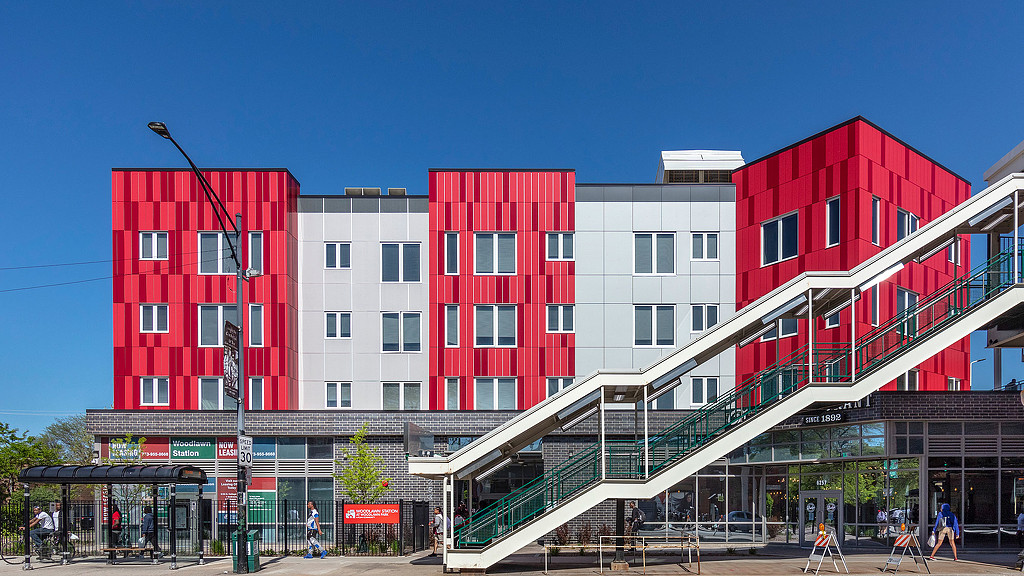Attainable and Affordable Housing: Creating Homes for All
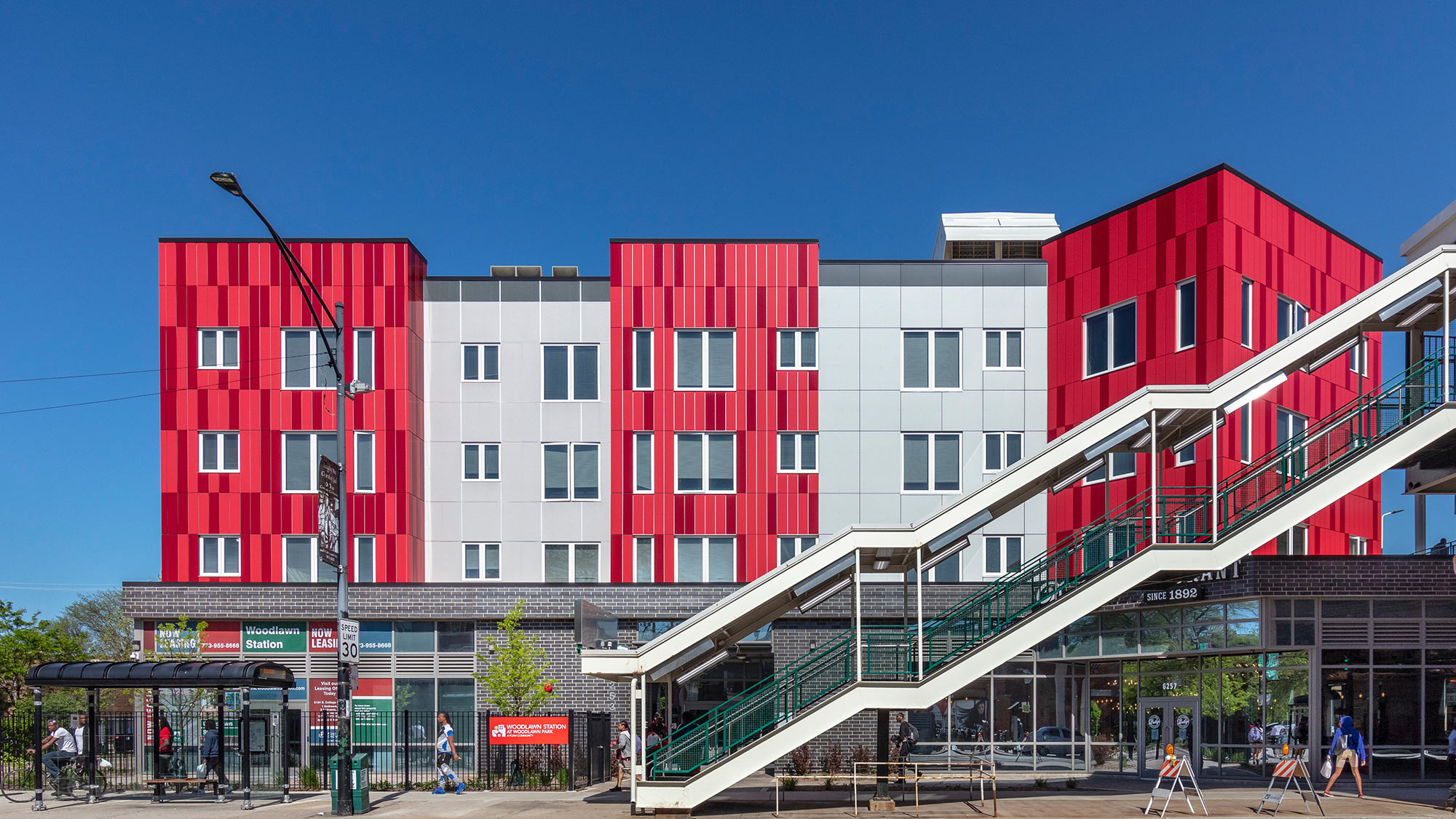
As urban populations grow and housing costs continue to climb, creating a wider range of attainable housing can help the many middle-income families who are facing being priced out of the cities they call home.
In this episode of the Gensler Design Exchange podcast, Gensler’s Global Residential Leader Kelly Farrell is joined by Rosemarie Hepner, of the Urban Land Institute, and Phuc Tran, of Jair Lynch. Bringing unique perspectives, they explore the differences between affordable and attainable housing.
While the industry is ripe with opportunity for innovation, the guests also discuss today’s challenges in residential real estate development and share context on how housing burden trends are impacting urban dwellers. The conversation offers practical solutions, from policy changes and design innovations to industry advocacy, that can help address housing affordability, boost supply, and create a wider diversity of housing options for residents.
Top 5 Takeaways
- The growth of urban populations is exacerbating shortages — As millions more seek housing in cities each year, supply has not kept pace, worsening affordability issues.
- Attainable housing is a large part of the housing needs spectrum — While affordable housing continues to be a primary focus of communities, we must expand the spectrum of influence to include attainable housing. Our research shows that sale options for those in the attainable range of 80-120% are equally constrained as affordable housing.
- Regulatory hurdles impede development — Cumbersome entitlement processes, local politics, and complex zoning codes drive up costs and timelines, often discouraging developers.
- Missing middle housing types can address demand — Townhomes, duplexes, and low-rise multifamily buildings can help meet shifting preferences for walkability and community over large homes and long commutes.
- Collective action is needed across sectors to make progress — Coordinated efforts between government, industry, and design will be essential to change housing zoning policies, streamline development, and produce diverse housing that can adapt to growing needs.
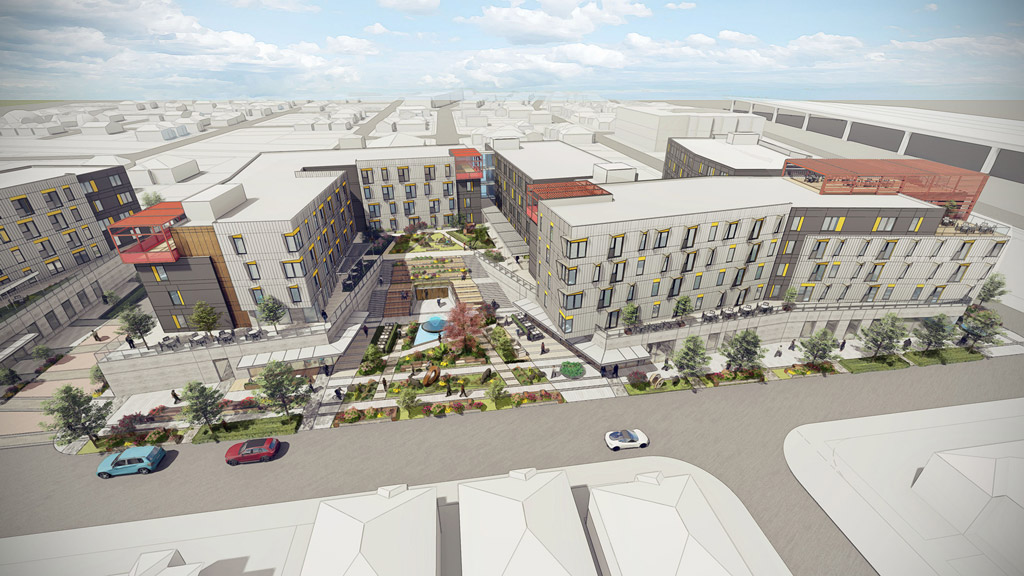
Thinking Outside the Wooden Box: An Alternate Construction Method for Resilient Affordable Housing
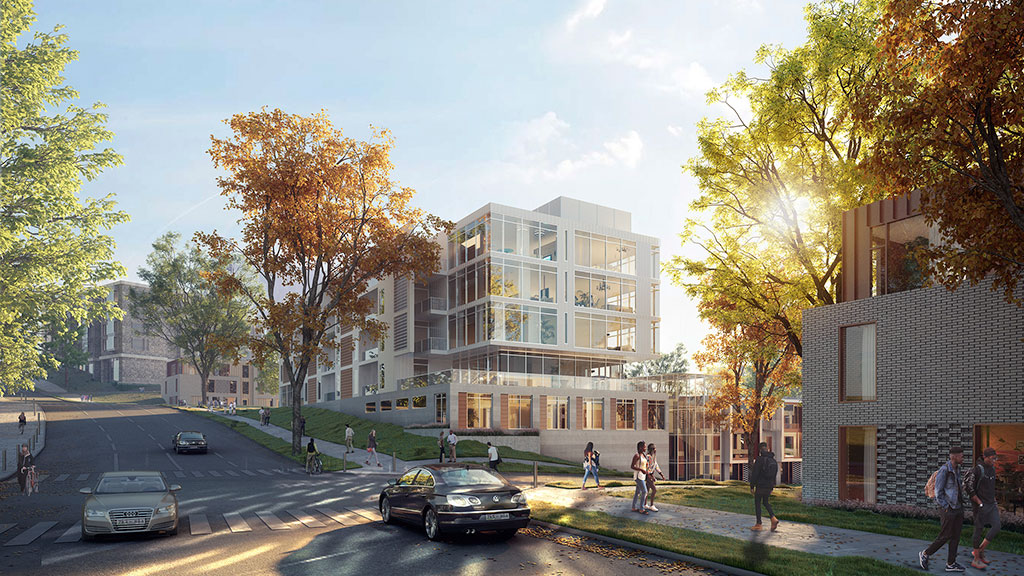
Trends to Watch: Shaping the Future of Attainable Housing
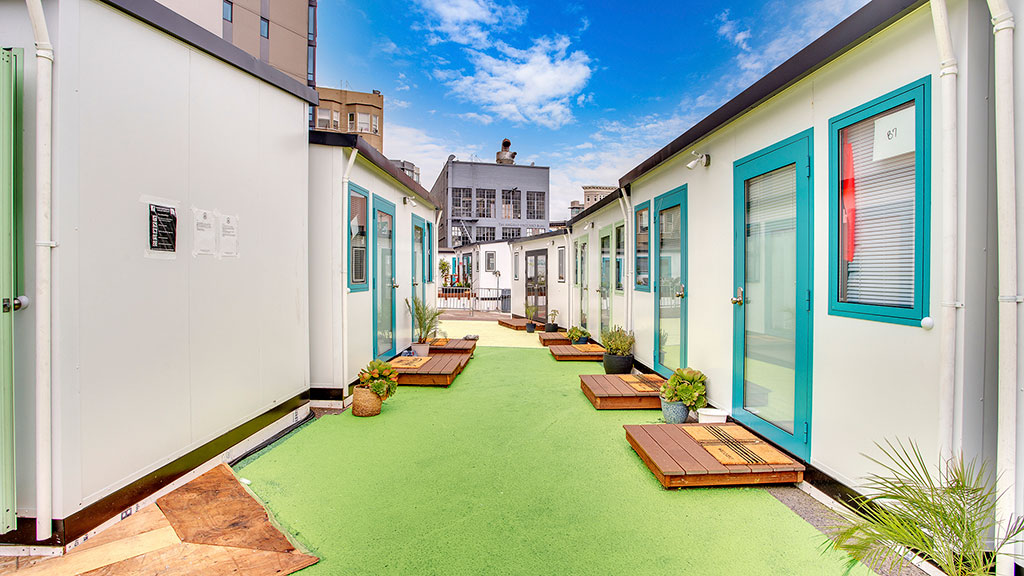
Rethinking Housing: Innovative Solutions to California’s Homelessness Crisis

A Look at Hurdles Developers Face With Downtown L.A. Office-to-Residential Conversions
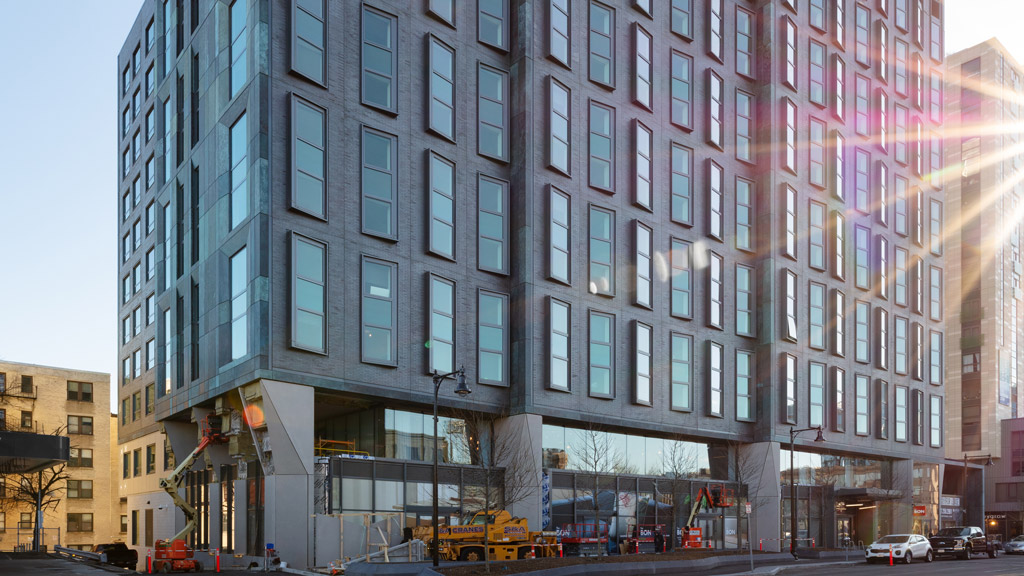
The Bon Brings A New Model for Urban Living to Boston
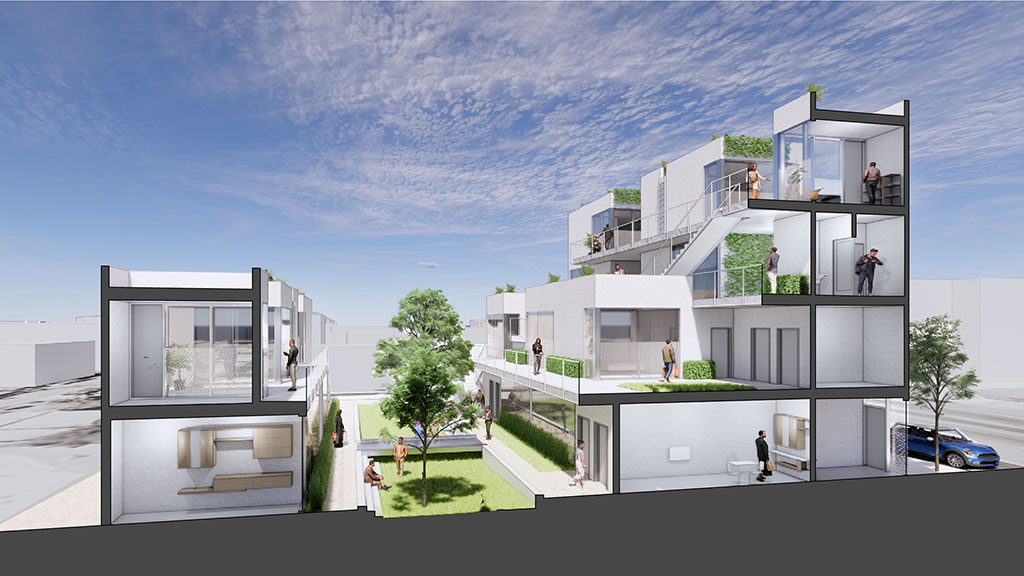
Designing Innovative Pathways to Affordable Housing in Los Angeles
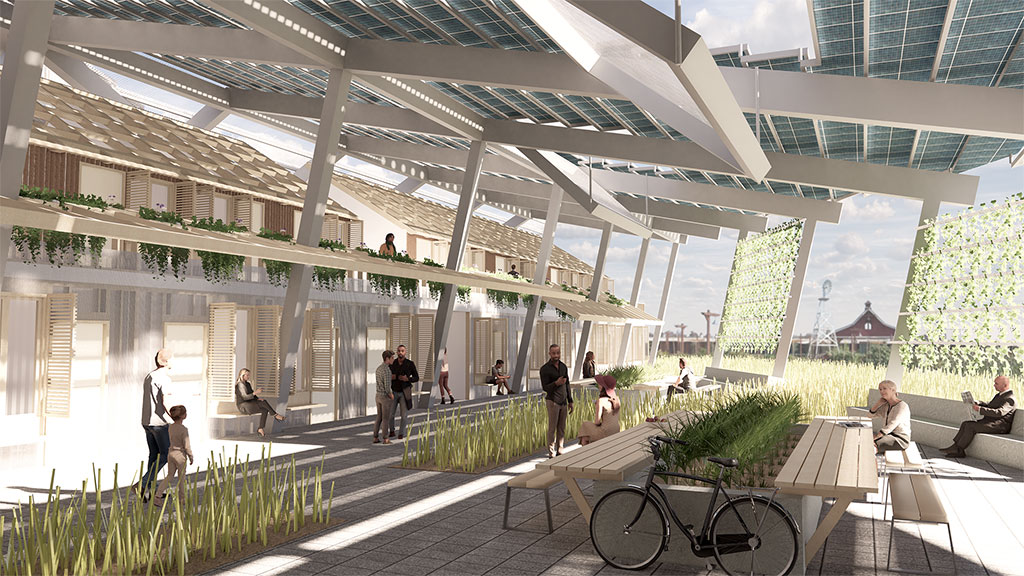
Housing Affordability and Homelessness in Los Angeles: A Conversation With Roger Sherman
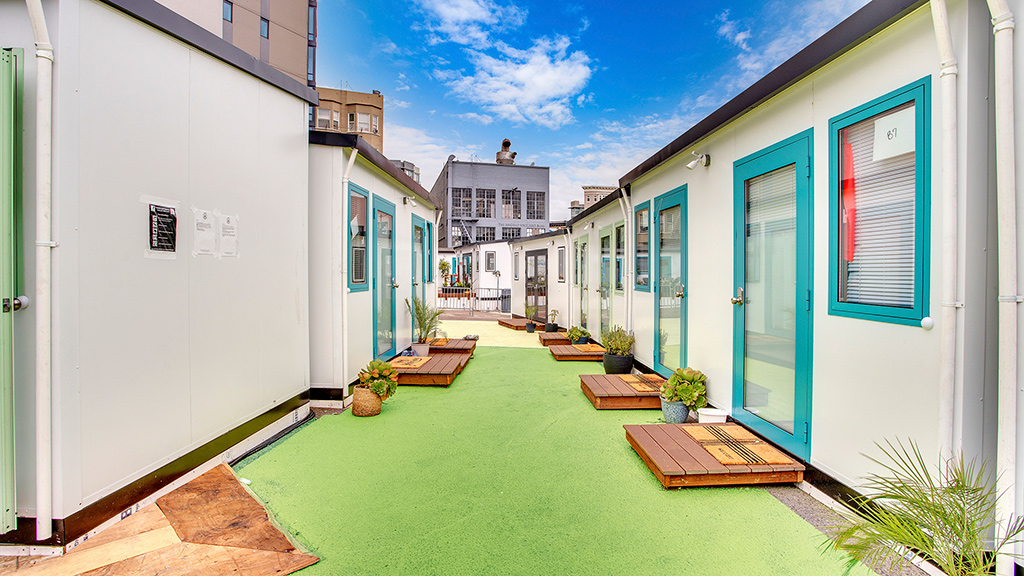
The Housing Crisis: Finding Hope in Innovation
